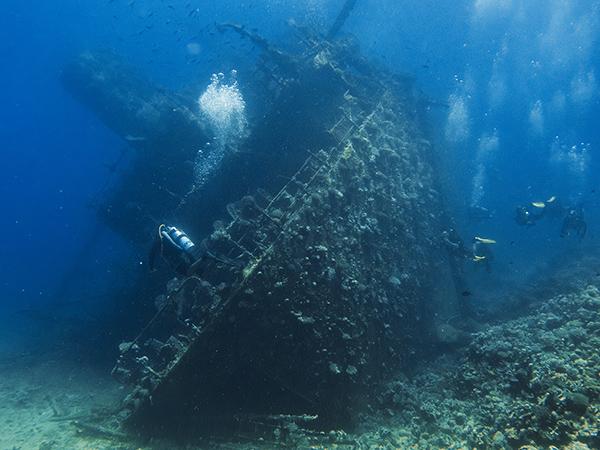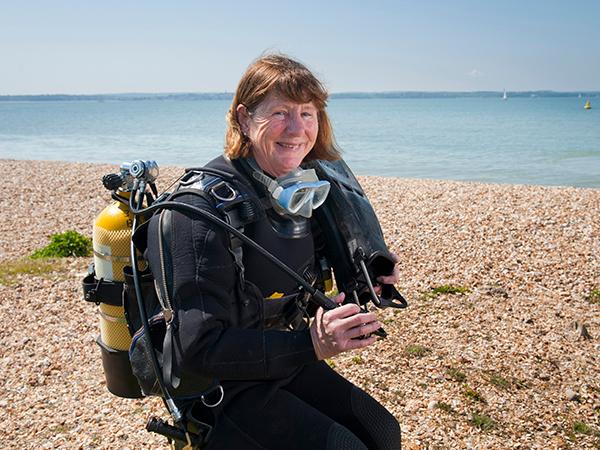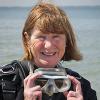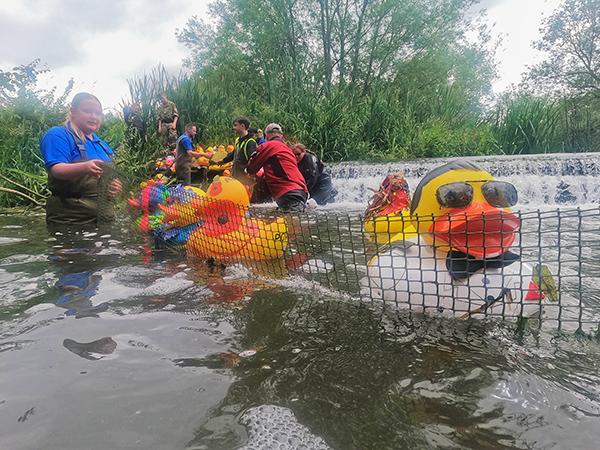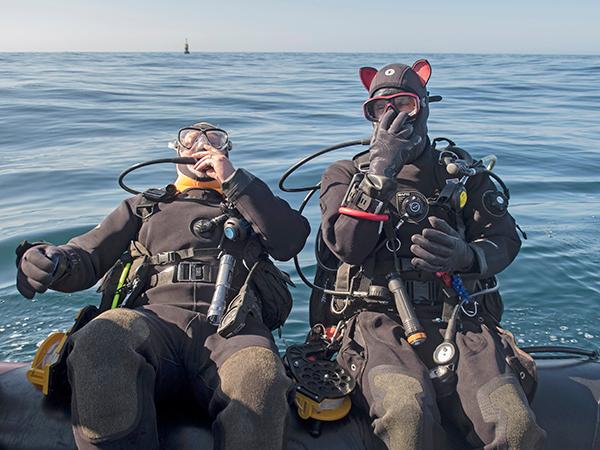These guidelines are here to help BSAC's pool safety officer’s during sub-aqua activities.
Activities
Branches of the British Sub Aqua Club (BSAC) and other scuba diving organisations use pool facilities for a variety of skills training. These skills include the following;
- Swimming
- Snorkelling - surface and underwater
- Diver training surface and underwater
- Lifesaving
- Octopush - underwater hockey
Codes of Practice
Two Codes of Practice cover scuba-training activities and these are the BSAC "Safe Diving" booklet and in the case of commercial training by centres, the HSE Approved Code of Practice (ACoP) 'Recreational Diving Projects' (1997).
Equipment
Most of the above activities include the use of basic snorkelling equipment of mask, fins and snorkel. These items of equipment are lightweight, portable and do not generally present a high risk factor. The mask glass must be made of tempered glass to reduce risk of injury.
Scuba equipment consists of a cylinder, regulator, buoyancy compensator, weight belt with weights and may include diving suits. These items of equipment are heavier and can increase the risk factor, however, through their training, divers should help to reduce this factor considerably.
Cylinders, whether separate or attached to a buoyancy compensator, should be laid down flat if being left unattended. This action reduces the likelihood of them toppling over and causing physical or structural damage.
Weight belts containing metal weights maybe released and ditched as part of diver training. To reduce the risk of physical damage to the pool tile surface it is recommended that the weights either be coated with a plastic coating or covered with towelling/other suitable material.
Lifeguards
In the publication Managing Health & Safety in Swimming Pools, jointly published by the Health & Safety Executive and the Local Authorities Enforcement Liaison Committee, recommends that lifeguards require specialised skills to adequately supervise sub-aqua activities.
Rescue divers
To this end the BSAC recommends that lifeguard duties should be assigned to qualified members of the user group. The minimum qualification that gives a diver the necessary skills is the BSAC Sports Diver or BSAC Snorkel Diver with Snorkel Lifesaver qualification minimum age 18 years. This grade includes diver rescue and basic life support skills. BSAC provides additional skills training through the BSAC Lifesaver Award. This award is NOT a time-limited qualification, however the BSAC would strongly advise that refresher courses be advocated to holders of this award. Where those who hold the award and are also actively teaching rescue skills as an instructor this would be deemed adequate to maintain their own skill levels.
Rescue divers to pool users’ ratios
Due to the nature of the sport, training ratios should take account of pool dimensions, configuration, pool user numbers and diversity of the activities. As guidance it is recommended that the ratio of rescue divers to pool users for scuba diving activities should be 1:15. For snorkelling activities or surface training the ratio could be increased to 1:30. Thus for a diver training session of 25 - 30 pool users, the recommended minimum number of duty diver rescuers should be 2.
The rescue diver should be in readiness to enter the water at any time during the session. This would entail having quick access to basic snorkelling gear and wearing suitable swimming gear while on duty. The rescue divers should also be familiar with local emergency evacuation procedures.
Instructor to trainee ratios
Scuba diver training is carried out in small groups both on the surface and underwater. The maximum ratio recommended by the BSAC to its instructors is not more than 4 trainees to one instructor for underwater instruction. Trainees having problems can be taught individually if the need were to arise, in which case the ratio is 1:1.
Snorkel diver training can involve larger groups and is considered less of a risk than underwater training. To this end the ratio can be increased to not more than 6 trainees to one instructor.
Risk assessment
Find out more on conducting risk assessments.
Hazards and control measures - swimming pool
| Main hazard/danger | Who? | Worst case | Existing controls | Max. risk | Additional control needed |
| Ear damage | All | Burst eardrum | Help from Instructor or Diver Rescuer | Tolerable | None |
| Mask squeeze | Trainees black eye | Help from Instructor | Tolerable | None | |
| Mask breakage | All | Lacerations | First Aider on site | Tolerable | None |
| Panic | Lack of self-control | Tolerable | None | ||
| Rapid ascent | Burst lung | Control by Instructor | Tolerable | None | |
| Running out of air | Embolism | Control by Instructor using his/her alternative air source (AAS). AASs carried by ALL trainees and Instructors | Tolerable | None | |
| Drowning | All | Death | Aid from Instructor in water. Aid from Rescue Diver on poolside | Tolerable | None |
| Slipping | All | Broken limbs | Instructor and self | Tolerable | None |
| Falling cylinders | All | Crushed bones | Instructor and self | Tolerable | None |
| Heart attack and/or cardiac arrest | All | Death | Help from Instructor | Tolerable | None |
Pool safety officers guidelines updated June 2023. Download Pool safety officers guidelines PDF copy.

